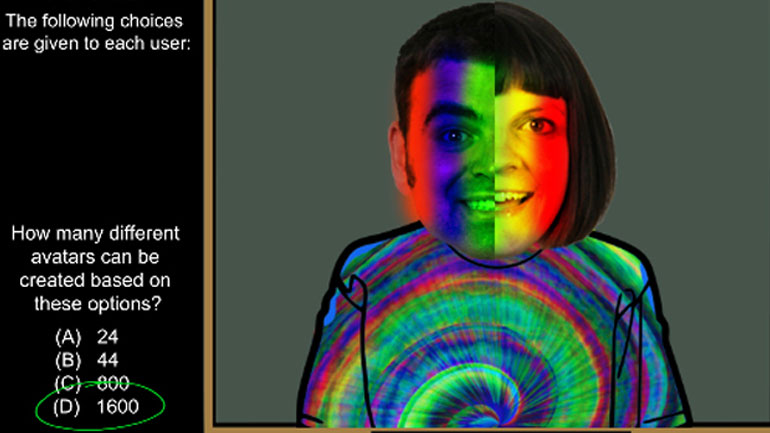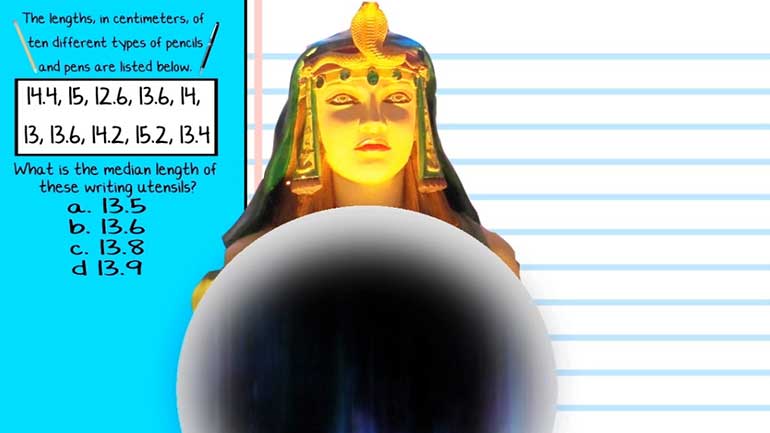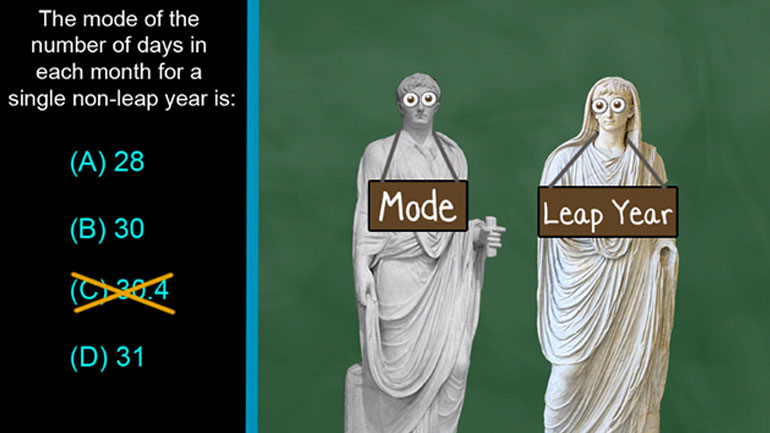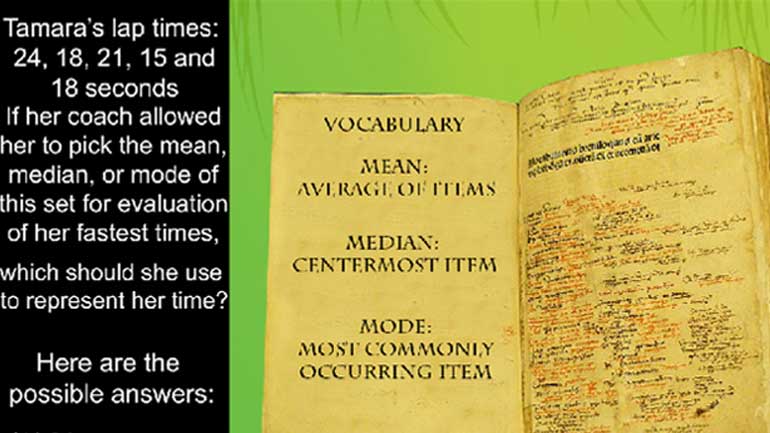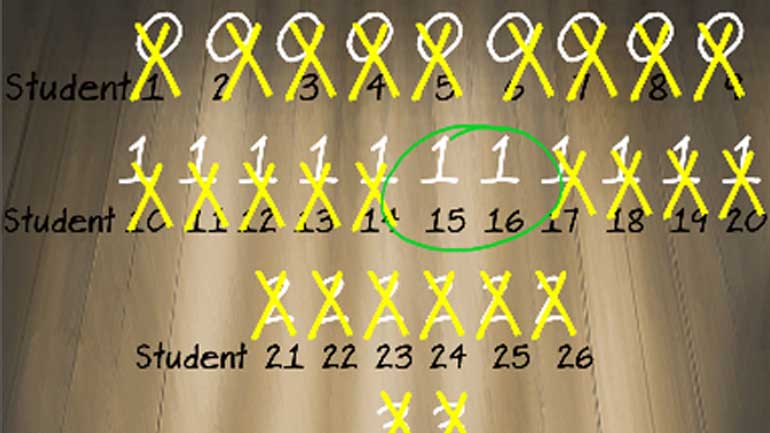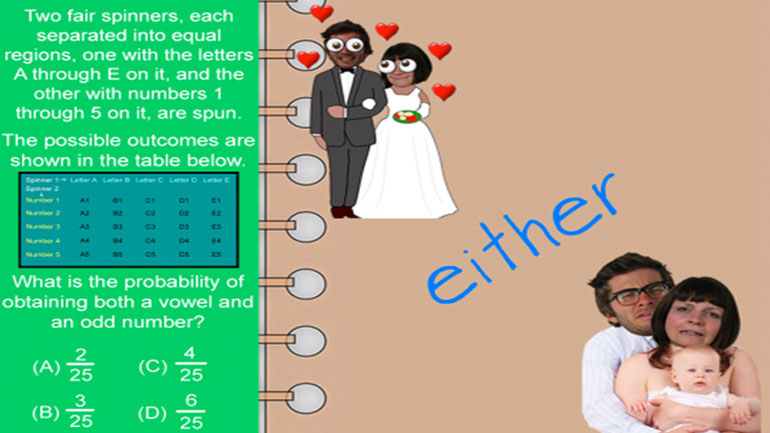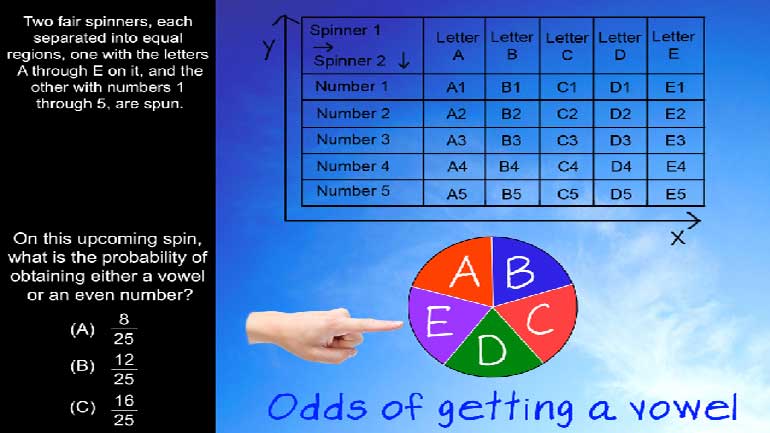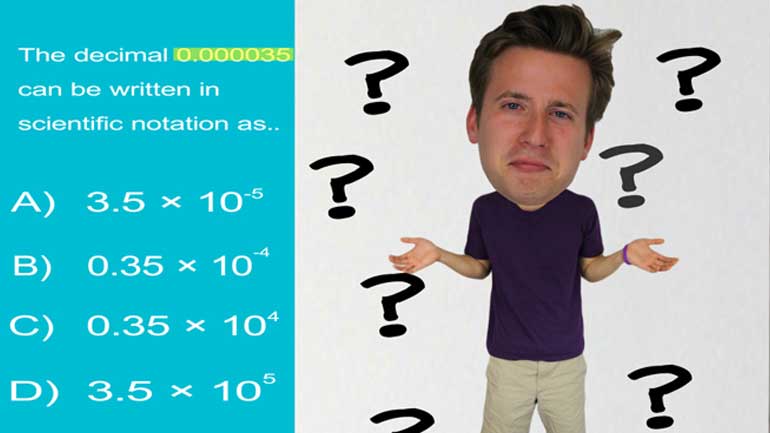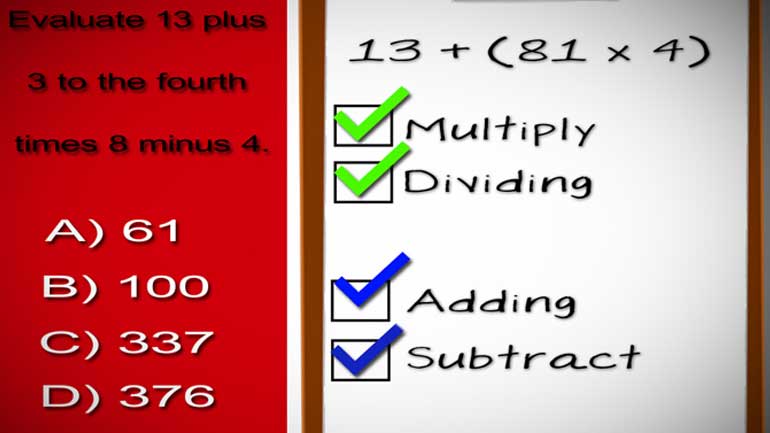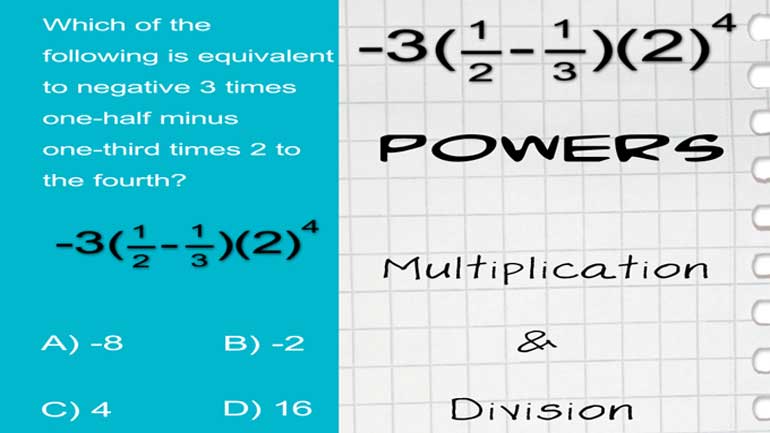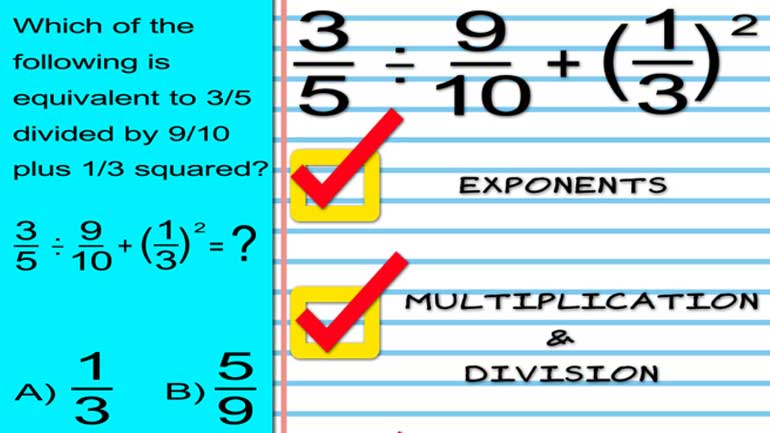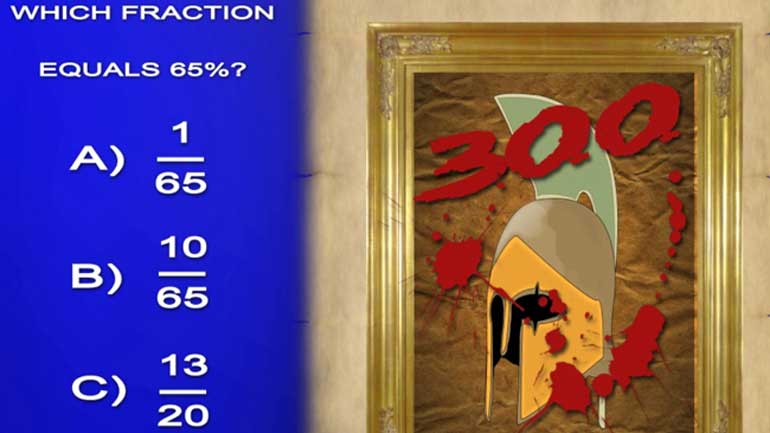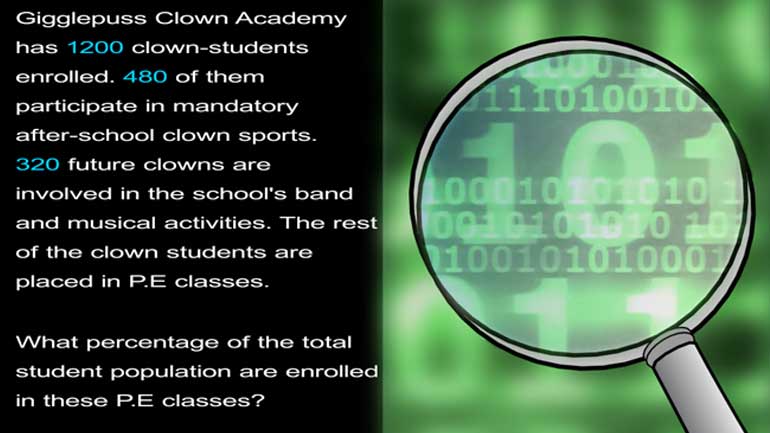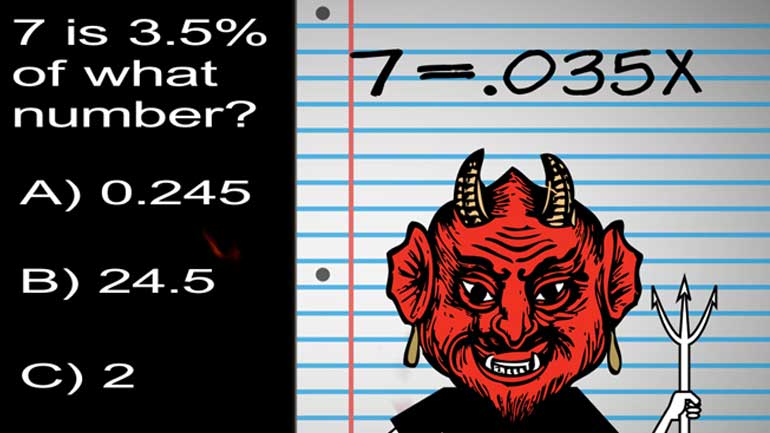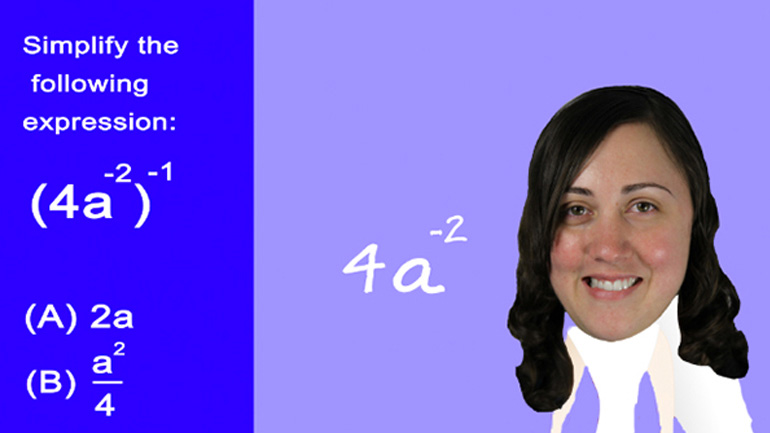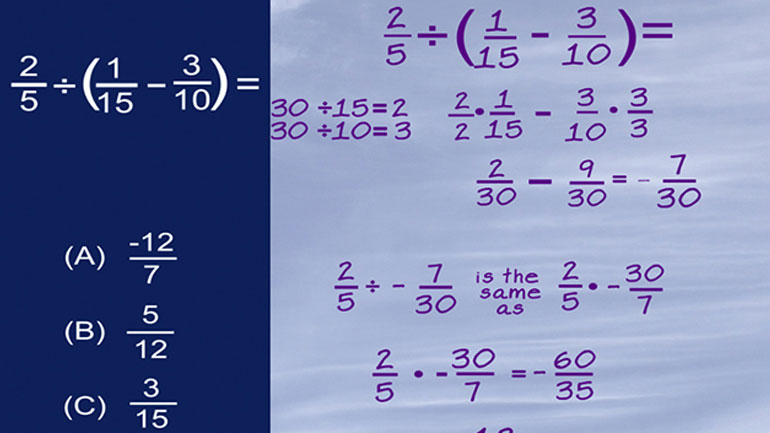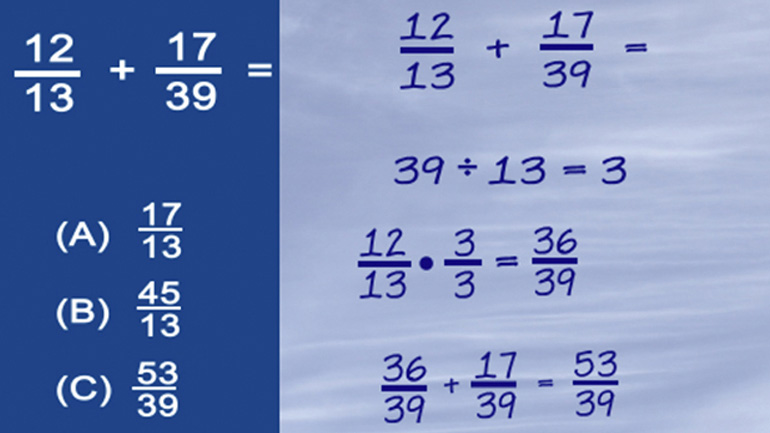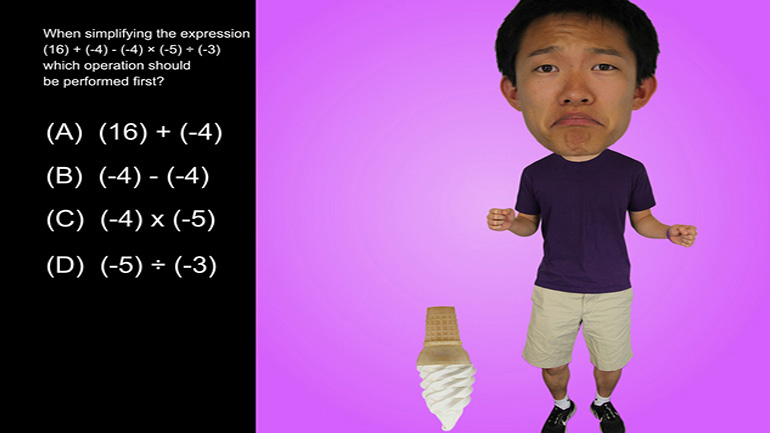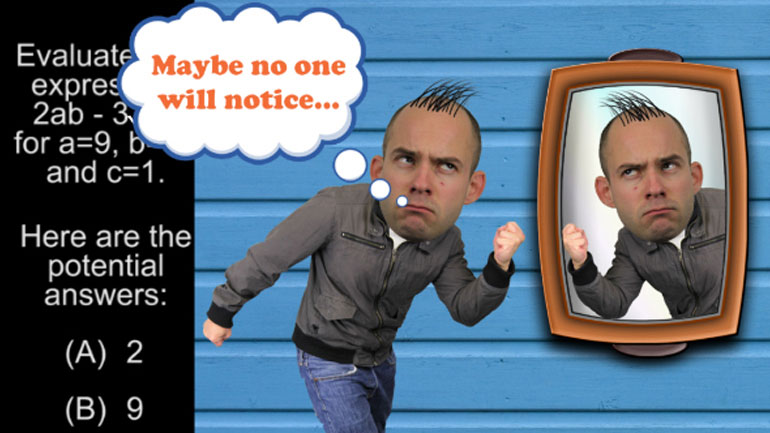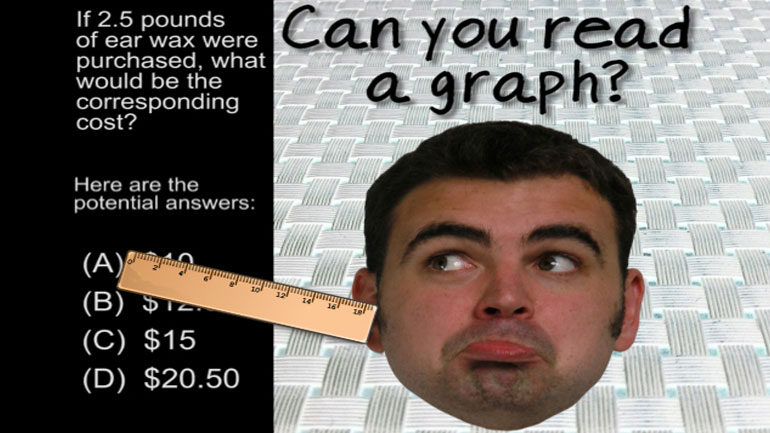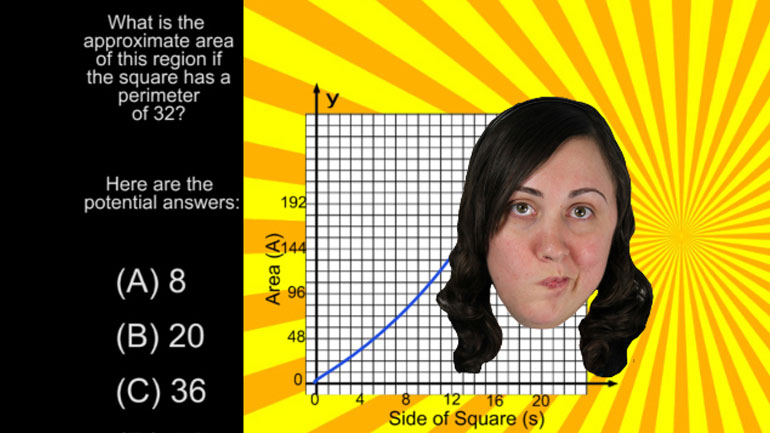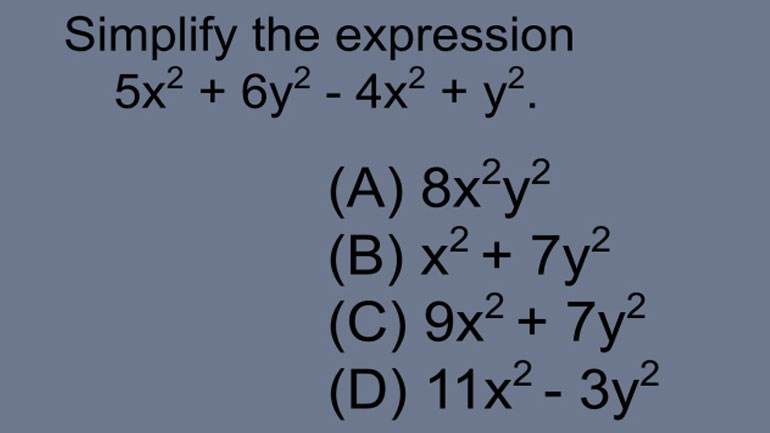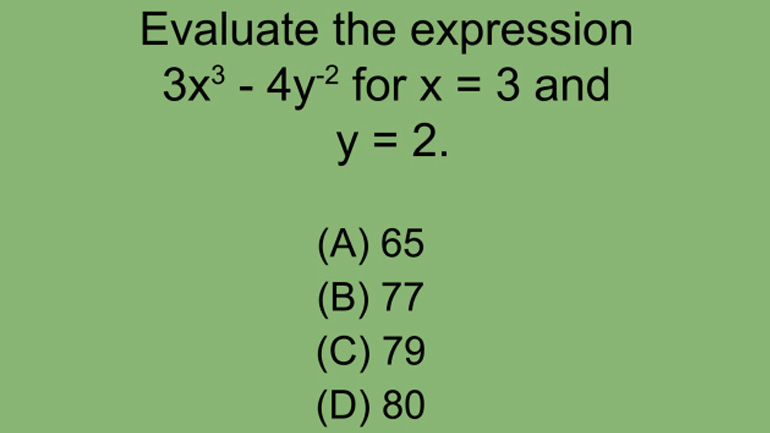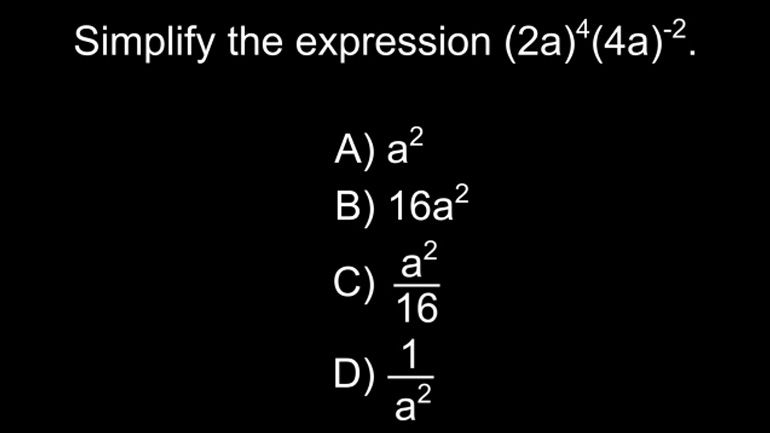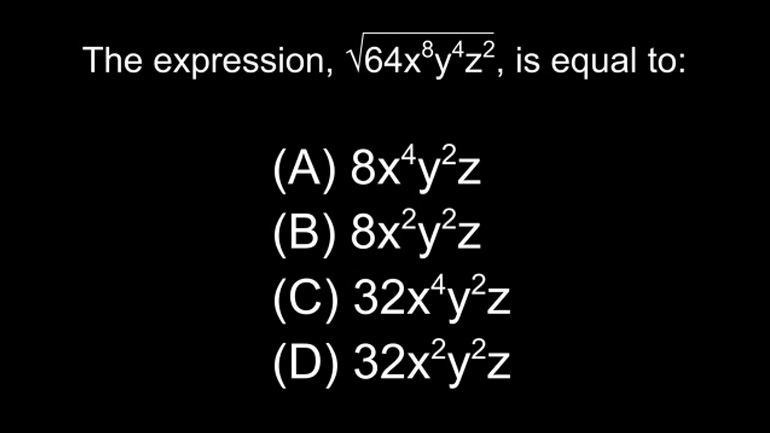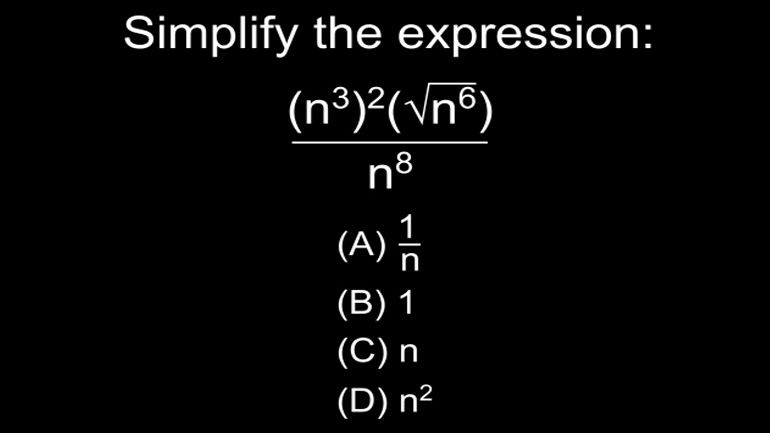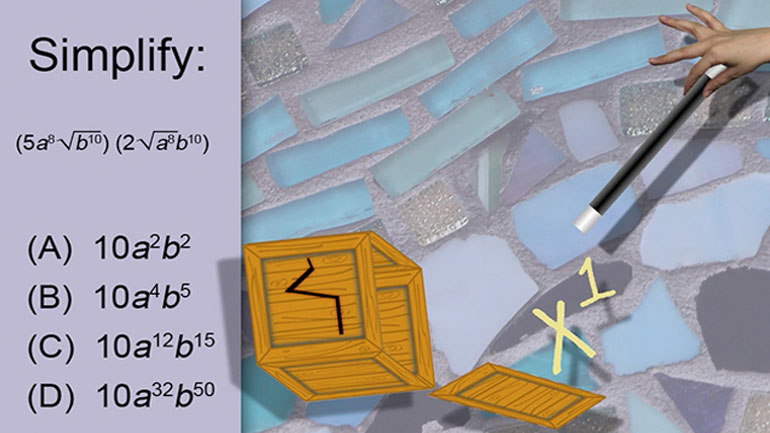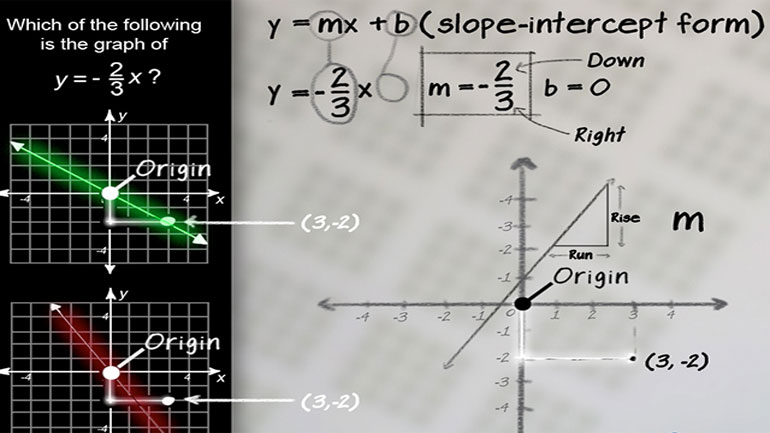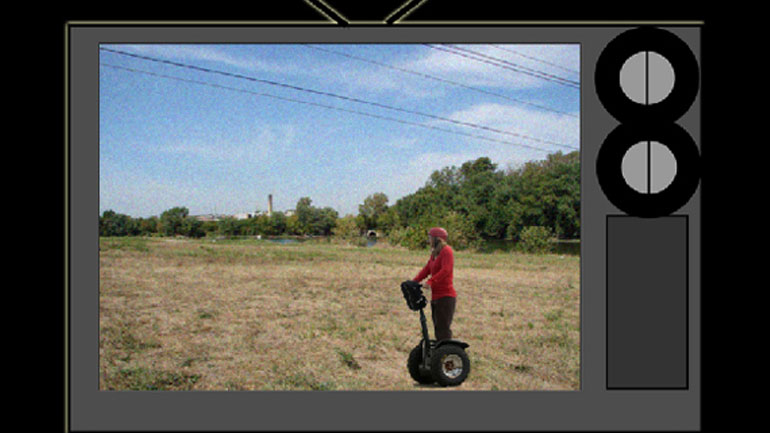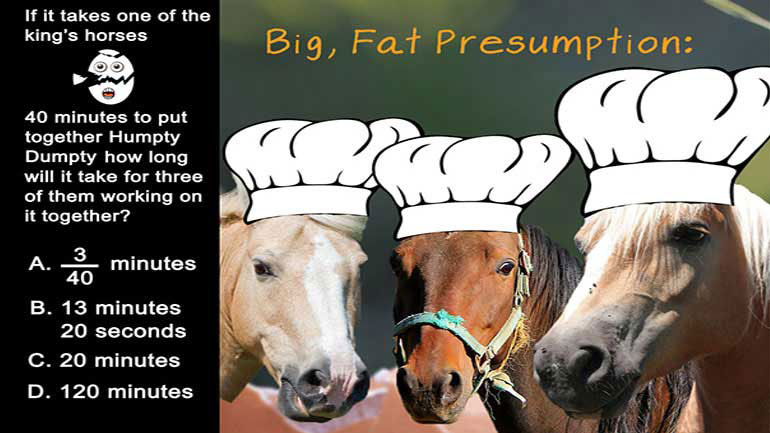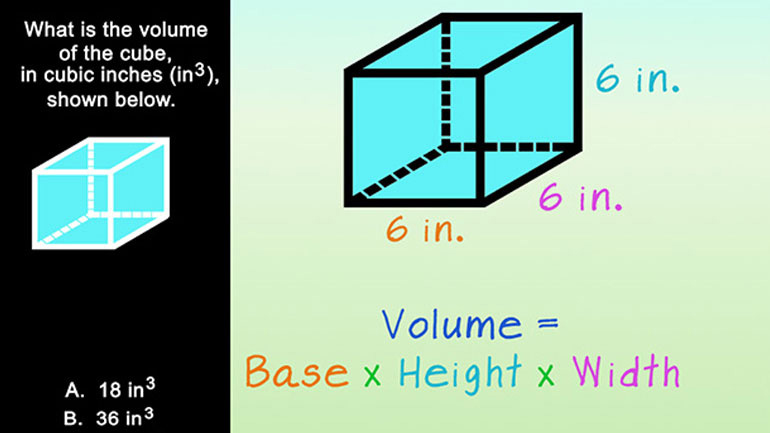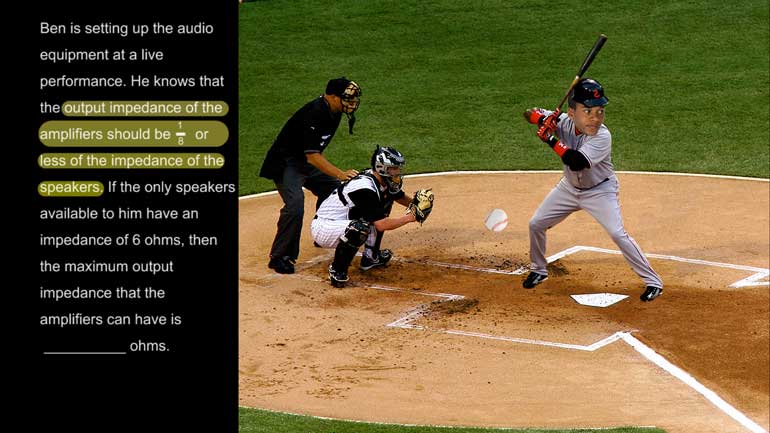ShmoopTube
Where Monty Python meets your 10th grade teacher.
Search Thousands of Shmoop Videos
CAHSEE Math Videos 210 videos
CAHSEE Math: Algebra and Functions Drill 5, Problem 3. Solve the equation.
Statistics, Data, and Probability I: Drill Set 3, Problem 4. How many different avatars can be created based on the given options?
Statistics, Data, and Probability I: Drill Set 1, Problem 1. What is the mean yearly salary?
CAHSEE Math 2.1 Algebra and Functions 294 Views
Share It!
Description:
Algebra and Functions: Drill Set 2, Problem 1. Simplify the expression.
Algebra and Functions: Drill Set 2, Problem 1. Simplify the expression.
Transcript
- 00:03
And here's your shmoop du jour.
- 00:06
Simplify the expression: colon... negative sign... closed parenthesis.
- 00:11
Very good. Now... simplify this expression:
- 00:15
2(x - 3) - 3(y + 2).
- 00:19
And here are the potential answers...
Full Transcript
- 00:21
And yeah, hit pause, try it yourself first.
- 00:25
OK, this question is asking, "can we distribute factors?"
- 00:29
It would be rude not to answer, wouldn't it?
- 00:31
Remember the formula for distribution of terms? It looks like this:
- 00:36
Then just follow the map...
- 00:39
...and we get 2 times x minus 6 minus 3 times y minus 6.
- 00:45
Tricky thing there -- that 3 is NEGATIVE so don't forget to bring along the negative sign.
- 00:52
This expression simplifies to 2x - 3y - 12...
- 00:56
...and the answer is C. Easy peasy. See? No reason for a frowny face.
Related Videos
CAHSEE Math: Algebra and Functions Drill 5, Problem 3. Solve the equation.
CAHSEE Math: Algebra I Drill 6, Problem 2. Simplify the polynomial.
GED Math 3.1 Expression and Equations. What is the maximum output impedance that the amplifiers can have?

